Beat the Devil (1953)
“We simply mustn’t let anybody murder Harry.”
|
Synopsis: |
|
Genres, Themes, Actors, and Directors:
Response to Peary’s Review: Peary writes that in this film about a “boat trip from Italy to Africa,” “no one is happy with their station in life. Each wants what the other has” — and while “all hope the journey will result in personal happiness,” “as in most Huston films, characters fail at [their] missions” (though a few “reach some sort of fulfillment”). Peary goes on to write that this “film has [a] unique Continental flavor (it was filmed in Ravello, a small coast town in Italy), hilarious, delectable moments, and wonderfully attitudinizing characters.” While he wishes “it had more coherence… and a couple of more serious, creepy scenes like the bit with the player piano”: … he concedes that the film is “so disarming and so lionized by intelligent film fans that [he worries] it may be better than [he thinks].” In his Cult Movies 2 book, Peary analyzes the film in greater depth, pointing out that the film’s “remarkable fascination” has “as much to do with its background” (including, crucially, hiring Capote to work on the script) “as with its zany characters, performances, and tone.” While it wasn’t well-received upon release, Peary argues that it has a sort of timeless, international quality, given that “the emotional, involved, chatty people in this film could mingle easily with those in a Jean Renoir film, particularly Rules of the Game (1939).” He adds that “whatever their failings and degrees of pomposity, they believe in living life to its fullest” — yet they “have conflicting personalities” that make them a decidedly “disparate group,” with “even the married couples [not seeming] to belong together.” The best performance of all is given by “Jones, once the sainted Bernadette but now a compulsive liar… Wearing a blond wig (!), gabbing nonstop, flirting with Billy, knitting, exercising (while Maria paints), Jones turns in a bravura performance that equals her only other comic role of note in Ernst Lubitsch’s Cluny Brown (1946).” All the supporting players are game as well, making this a unique trip worth taking at least once. Redeeming Qualities and Moments:
Must See? Categories
(Listed in 1001 Movies You Must See Before You Die) Links: |


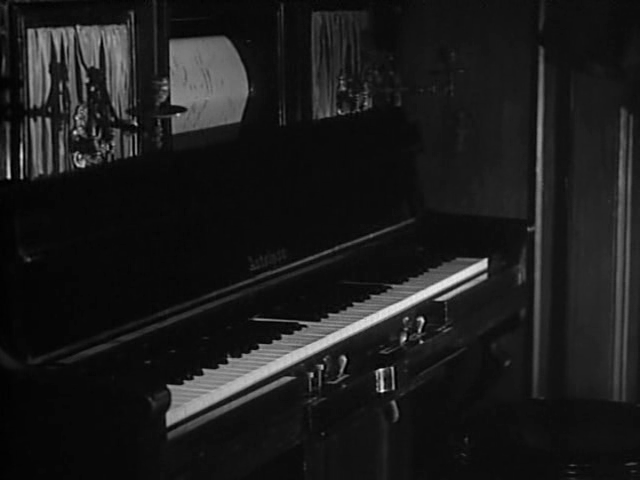
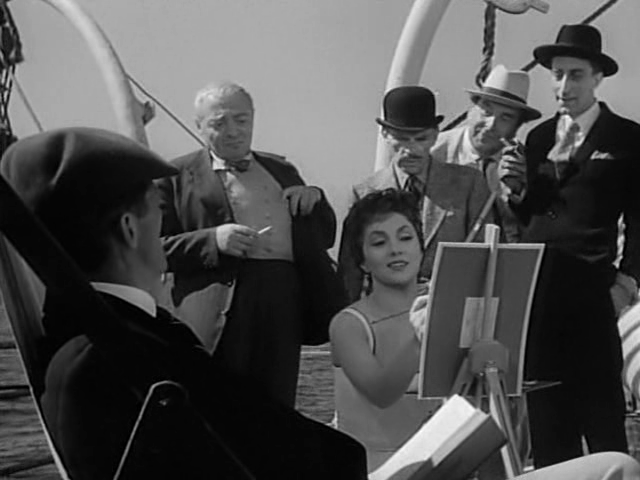

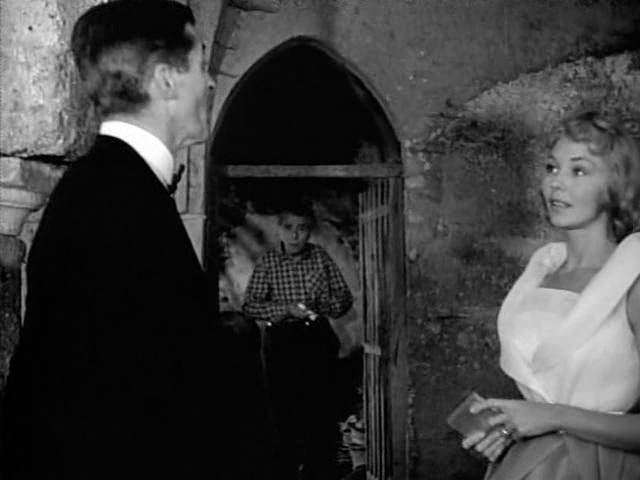
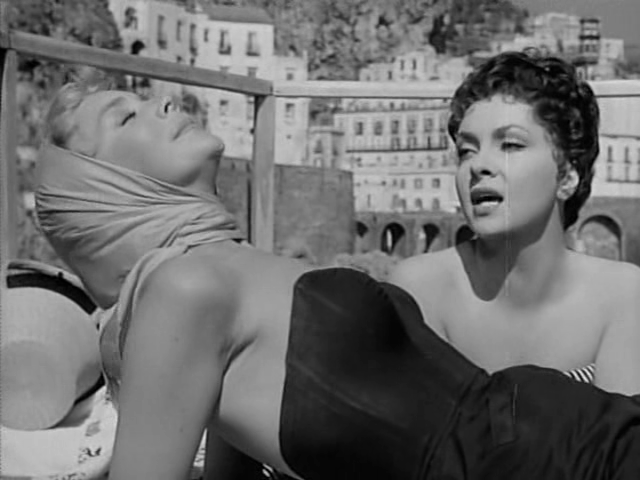
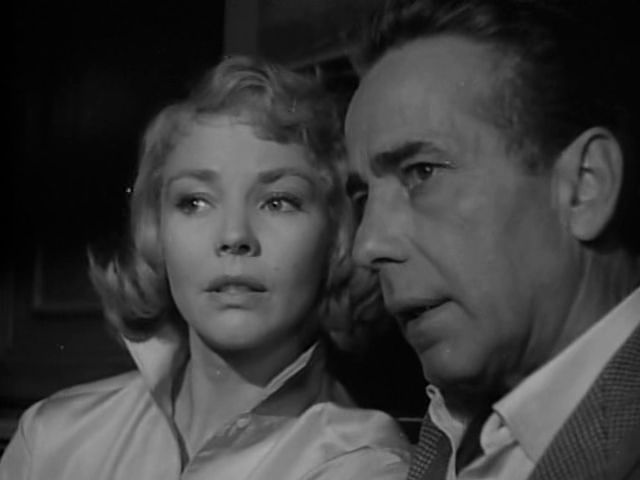
One thought on “Beat the Devil (1953)”
Agreed; must-see, “as a quirky cult favorite by a master director.” As per my 1/5/20 post in ‘The ’40s-’50s in Film’ (fb):
“I was in love with him!”
“Really, darling, have you no control over your romantic fantasies?”
‘Beat the Devil’ (1953): In Douglas McGrath’s film ‘Infamous’ (the *other* biopic about Truman Capote and, imo, the better one), Toby Jones – as Capote – regales dinner companions with interesting details about being on location in Italy with Humphrey Bogart, making ‘BTD’ with John Huston. Apparently the filming was as rollicking an adventure as the film itself… although Bogart didn’t think so. It seems that an accident during filming cost him the loss of some teeth and the film wasn’t the financial success that he – as a producer – hoped it would be.
Still, it’s among my favorite Huston films and one of the few times that the director made more or less a complete comedy (though he was known to inject humor in a number of movies). All of the characters here are frauds; some major, some minor. When fate brings them together as a group, typical greed and ‘business as usual’ blend with mild romantic entanglements in ways that nearly cost all of them their lives.
The script by Huston and Capote (said to have been written as the flick was being filmed) is wonderfully droll. One of the the things that makes the movie such fun for me personally is what I think of as Jennifer Jones’ best performance on-screen; I don’t think I’ve seen her this relaxed – or having this much fun – anywhere else. As Gwendolen (“I’m something of a witch. My old Spanish nurse told me I could be a professional.”), Jones plays a woman who – well, as her husband would say, lets her imagination run away with her. The reality is that she loves lying… and she will always preface gleeful yet boldface lies with “In point of fact…”.
Much fun in the supporting cast are: Gina Lollobrigida, Peter Lorre and Robert Morley, among others.